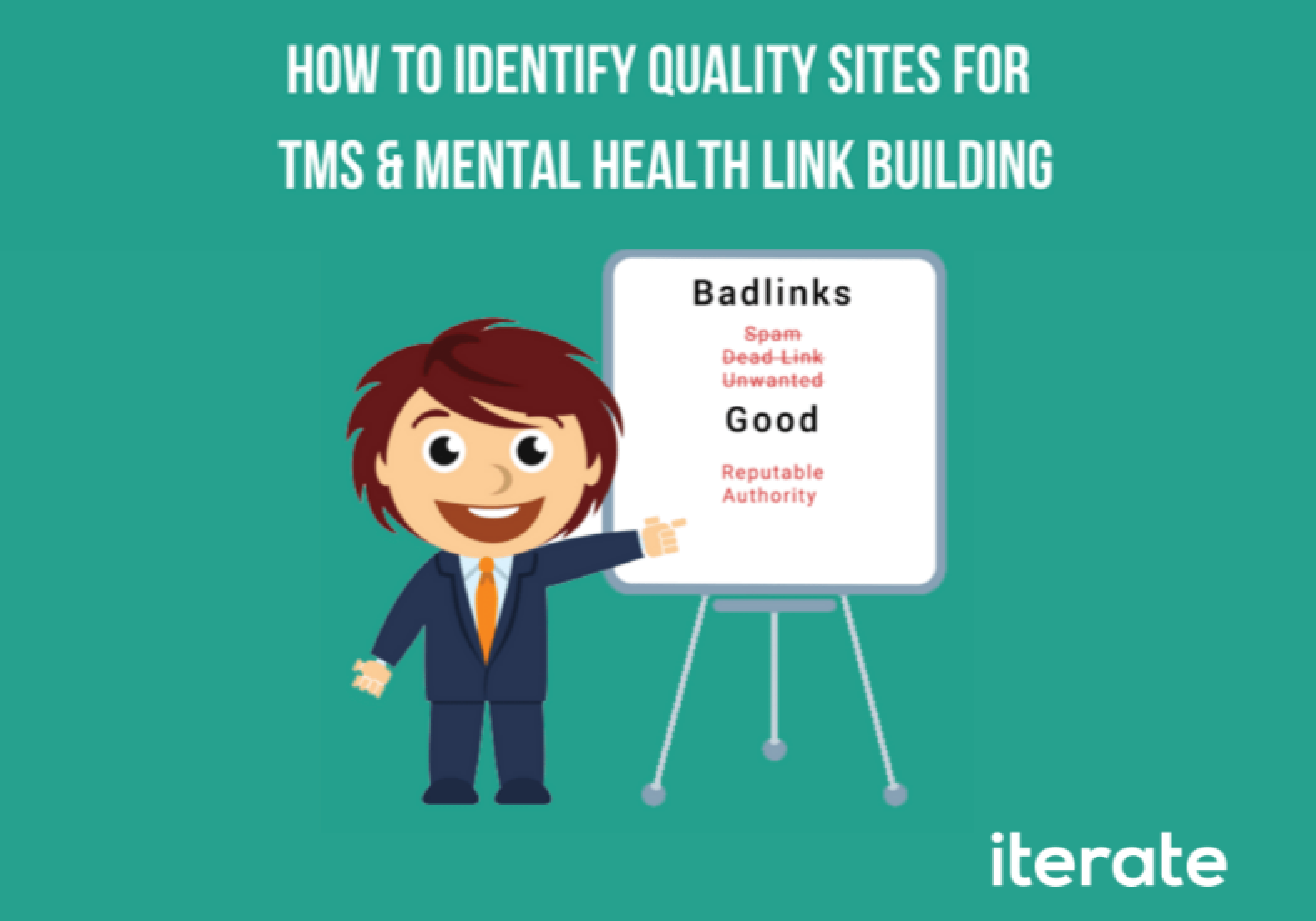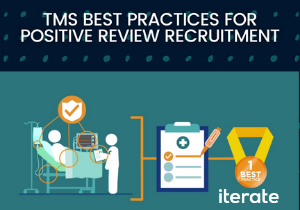Google Analytics is the know-all intelligence source for actionable decisions: if someone comes to your site and behaves in a certain way, it translates their action(s) into a metric — session duration, pages visited, behavior flow–and provides it to you as quantitative data. As advertisers and digital marketing experts, we’re tasked with collecting that data and forming a strategy based on it. But what about those times when you’re not looking?
Maybe it’s after-hours, or your workload has increased and you haven’t had a chance to stare-down your usual metrics, or maybe you never thought to look at month-over-month Direct traffic. For these cases and more, Google Analytics has provided us with Alerts to keep us up-to-date on data irregularities. Below are a few of our favorite daily and recurring Google Analytics Alerts that we use for our clients.
All Traffic Drop
This one is highly contingent on the amount of sessions you average each month, but should find a way to apply it. If you have over 1,000 sessions per month, it’s worth setting up. If you have over 10,000 sessions per month, it’s an absolute must.
Here’s what an All Traffic Drop looks like in action:
The steps are simple: apply a condition to all traffic when you see a dip in sessions. Feel free to play with your Top Dimension (All Traffic) and specify any dimension you want: create a second custom Alert for pinging you when a certain state or international traffic suddenly sees a large reduction in traffic. This Google Analytics Alert may be your first indication if your website goes down overnight. More often than not we find this issue if an AdWords campaign has gone down or a tag suddenly goes missing.
Analytics Flatline
If you’re a marketing professional or agency who has someone other than your own web developer making changes and adding tags, this Alert is crucial. Constant upgrades to Analytics, coupled with tag management and third-party code are always a threat to messing up your reporting. This Alert lets you know that if your sessions absolutely tank–90% drop or more–that there’s probably something wrong with the way Analytics is communicating with your website.
Here’s what the Analytics Flatline looks like in action:
I also highly recommend duplicating this same alert and applying it to “Source / Medium” – “google / cpc” and “impressions less than one” on a specific day, if you’re running an AdWords account. There’s a good chance this custom Alert will show you that your ads were disapproved or your campaign is down for some reason or another.
Direct Traffic Change Spike
Often, email marketing, off-line efforts, social and other online campaigns can become un-tagged as changes and updates are made to your marketing. Email marketing is the biggest culprit–check any lead generation company’s Direct traffic and you’ll probably see very high peaks on the first, middle and last of the month–but offline marketing through print, radio and TV can also show very significant direct traffic spikes. Here’s how to set a custom Alert so you can ask your client or co-workers about anything they might have forgotten to tag for Analytics, or see if your newest offline campaign is having an effect:
Self-Referral Traffic
As an Analytics nut in digital marketing, there’s nothing more frustrating than seeing “Domain.com / Referral” pop up in your traffic report, especially when there are conversions and sales being attributed to that source rather than your chosen advertising medium. Because of that, this Alert is set rather aggressively–any time there’s at least one session of traffic reporting from your own domain, you’ll get an email. This allows you to address any on-site tagging issues or see if a third party is getting in the way–conversion forms, SlideShare, etc.
Likewise, if you have a known self-referral issue but it isn’t a problem–it’s calculated into your reporting or you know its source–then you could change this alert’s condition to “% increases by more than” and then a percentage, likely 10-15%.
Google Shopping Feed Down (E-Commerce)
This is an AdWords-specific alert, but if you have a Google Shopping feed, this one’s worth your while. It’s set so that any time your feed has less than one impression on a given day, you’ll receive an alert within 24 hours. With how touch-and-go Google Merchant Center can be, this Alert is the insurance you need to potentially save you or your client thousands of lost dollars in a month or quarter.
What Google Alerts do you find to be “must-haves” for your company or clients?
This post was originally published by Brian Chausmer 07/15/2015. It has been updated by Cody Biggar, published 01/18/2016





